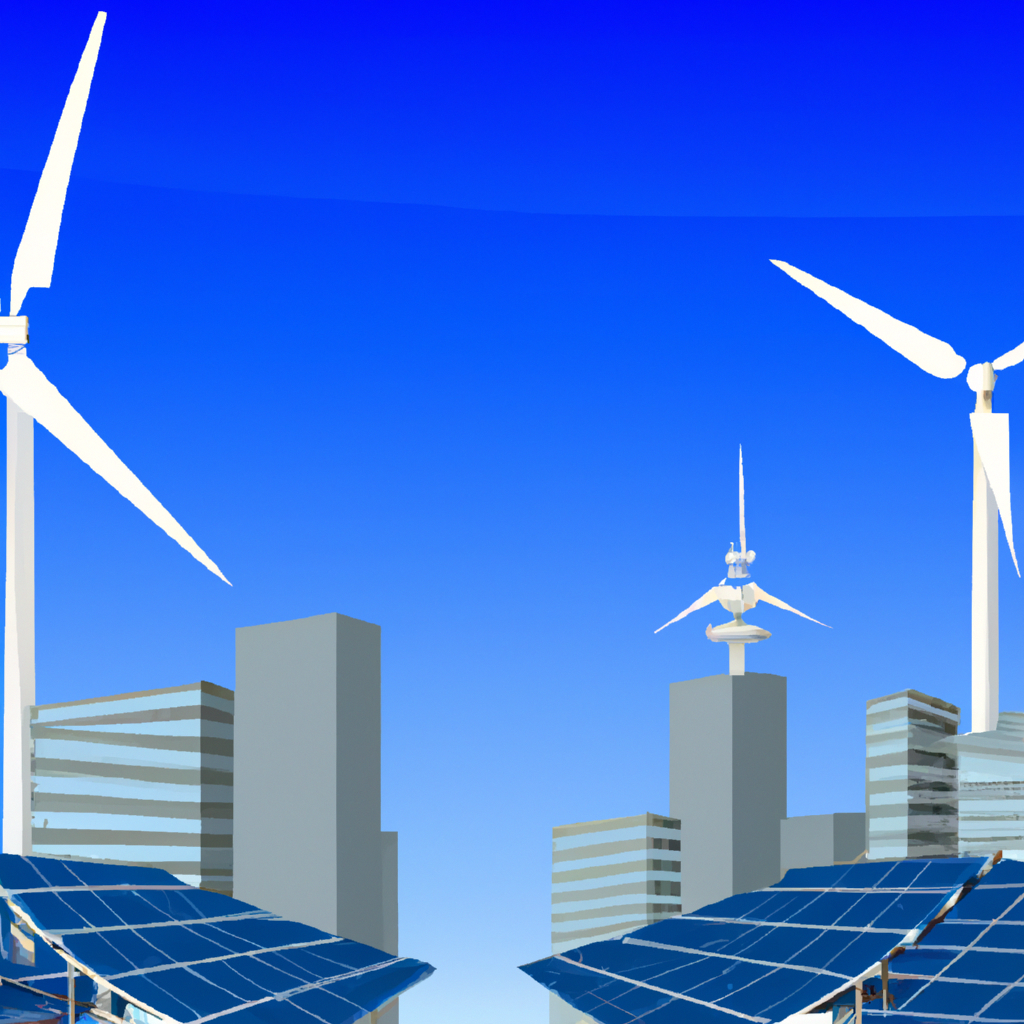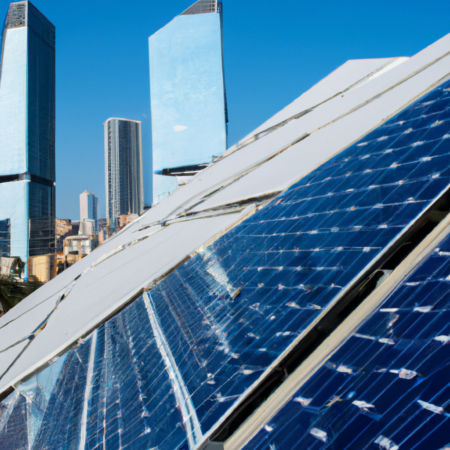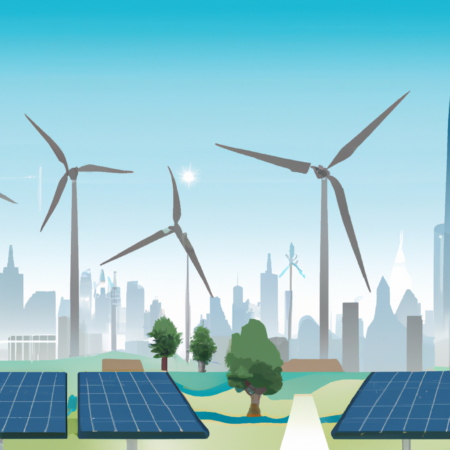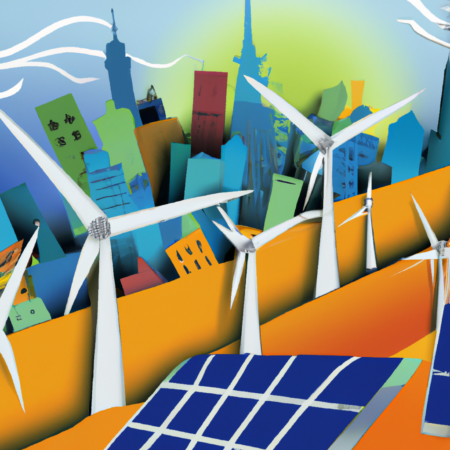Harnessing the Power of Renewable Energy: Strategies for a Sustainable Future
As the world moves into the second quarter of 2025, the urgency to transition to renewable energy sources has never been more critical. The impact of climate change is being felt globally, prompting nations, corporations, and individuals to rethink energy production and consumption patterns.
The Rise of Renewables
Renewable energy technologies such as solar, wind, and hydroelectric power are leading the charge in the global shift towards a more sustainable energy matrix. These technologies not only reduce dependency on fossil fuels but also offer cleaner, more efficient alternatives.
Innovative Policies and Incentives
Governments worldwide are implementing innovative policies to promote renewable energy. Incentives like tax rebates, subsidies, and grants are making renewable energy projects more viable and attractive for investors and consumers alike.
Technological Advancements
Technological innovations in energy storage and grid management are solving many of the traditional challenges associated with renewables, such as intermittency and storage. Battery storage technologies, in particular, have seen significant advancements, enabling more efficient energy usage and reliability.
Global Partnerships for Sustainability
International cooperation is pivotal in the renewable energy sector. Global partnerships are being forged to share knowledge, resources, and technologies, ensuring a unified approach to combating climate change.
Conclusion
The future of energy is renewable. As we advance through 2025, it’s imperative that all stakeholders continue to invest and innovate in renewable energy technologies. The commitment to a sustainable energy future is not just about environmental responsibility; it’s also about creating a resilient, economically viable energy landscape for generations to come.






